Women
The role and input of women is undeniably central to human existence and to the story of human society. They are generally 50% of the population but rarely the centre of a story; women have often been pushed to the side lines for historical content. The role of women through history and the pressures and behaviours that have pushed their input aside are all explored within this theme. Powerful, influential and significant female characters are explored in detail across the time periods, including queens, and campaigners, while the stories of ordinary women are also explored through themes such as social change, war and religion.
Sort by:
Date (Newest first) | Title A-Z
Show:
All |
Articles |
Podcasts |
Multipage Articles
-

'Victims of history': Challenging students’ perceptions of women in history
ArticleClick to view -
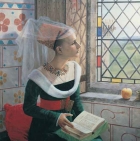
Anne Herbert: A life in the Wars of the Roses
ArticleClick to view -
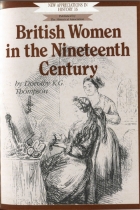
British Women in the Nineteenth Century
ArticleClick to view -

Census 2021: using the census in the history classroom
ArticleClick to view -
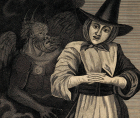
Cunning Plan 183: Teaching a broader Britain, 1625–1714
ArticleClick to view -

Fighting a different war
ArticleClick to view -

Film: The ladies-in-waiting who served the six wives of Henry VIII
ArticleClick to view -

Historical anniversaries calendar
ArticleClick to view -

How representing women can convey a more complex narrative of the Russian Revolution to Year 9
ArticleClick to view -

How should women’s history be included at Key Stage 3?
ArticleClick to view -
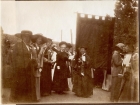
Polychronicon 174: Votes for Women
ArticleClick to view -

Power, authority and geography
ArticleClick to view -
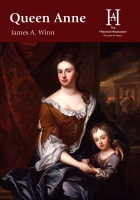
Queen Anne
ArticleClick to view -
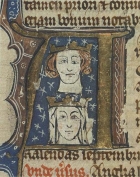
Queenship in Medieval England: A Changing Dynamic?
ArticleClick to view -
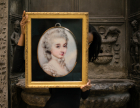
Recorded Webinar: Female slave-ownership in 18th and 19 century Britain
ArticleClick to view -
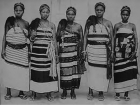
Reimagining the ‘Aba Riots’
ArticleClick to view -

Spinning with the Brain: Women's Writing in Seventeenth Century England
ArticleClick to view -

Teaching the history of women in Europe in the twentieth-century
ArticleClick to view -
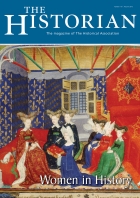
The Historian 119: Women in History
ArticleClick to view -

Tracing the popular memory of Rosa Parks with Year 9
ArticleClick to view

